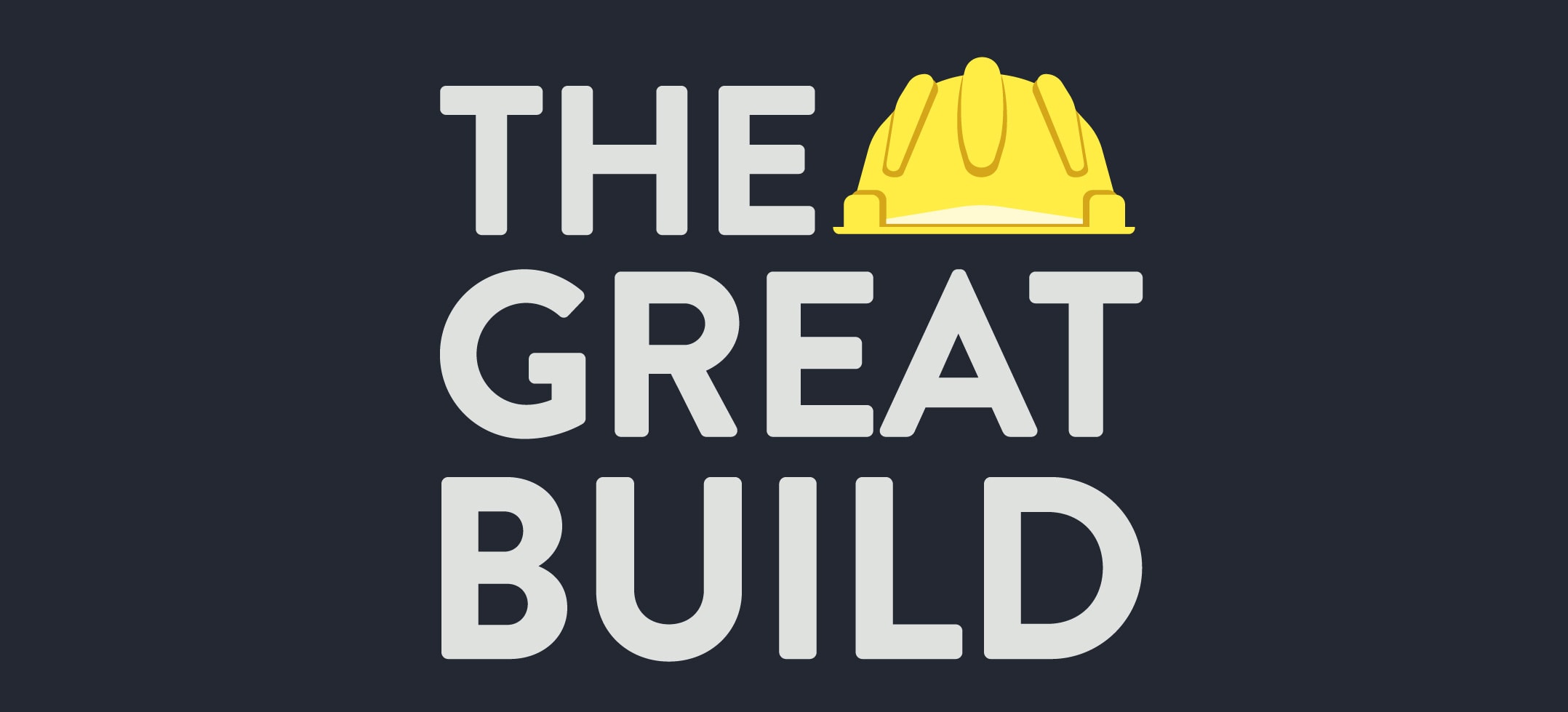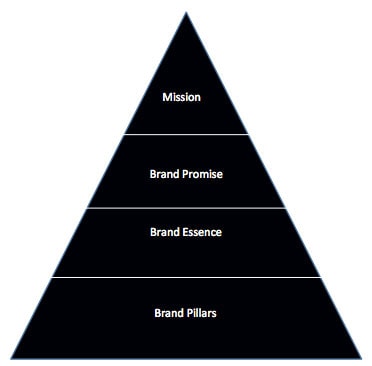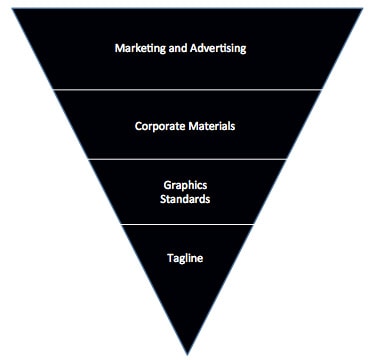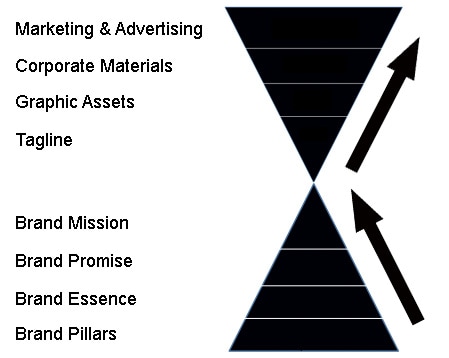
#TheGreatBuild: How to Build a Brand Persona
Welcome to #TheGreatBuild, a series dedicated to starting an ecommerce business from scratch. In this series, the founder of A Better Lemonade Stand, Richard Lazazzera, shares the lessons he learns and the strategies he tries as he builds his own ecommerce business from the ground up. This series has been created with the intention of showing other new entrepreneurs what it takes to start an ecommerce business so it will hopefully inspire them to start their own online business, too.
To read all the blog posts included in this series, navigate using the Table of Contents down below.
Table of Contents
- #TheGreatBuild: Choosing a Niche & Product to Sell Online
- #TheGreatBuild: Product & Niche Evaluation
- #TheGreatBuild: The Great Reveal of My Product & Niche Selection
- #TheGreatBuild: Make, Manufacture, Wholesale or Drop Ship
- #TheGreatBuild: Negotiating with a Manufacturer
- #TheGreatBuild: Choosing a Shopping Cart
- #TheGreatBuild: Pivoting
- #TheGreatBuild: How to Build a Brand Persona
- #TheGreatBuild: Unveiling My Brand
- #TheGreatBuild: DIY Product Photography
- #TheGreatBuild: How to Launch a Business
- #TheGreatBuild: First Month Revenue & Marketing Report
- #TheGreatBuild: Behind the Scenes of a 6-Month-Old Ecommerce Business
How to Build a Brand
Probably one of the most overlooked, yet most important elements, of building an ecommerce business is crafting a brand persona. Many people outside of advertising and marketing still hold the notion that a brand is little more than a logo and how a website looks. A brand is, in fact, so much more.
To make a comparison, if a brand is a person, the visual elements of a brand (logo, font style, website design, photography style, etc.) would be the equivalent of how the person looks and dresses. However, we all know good looking people sometimes can have an ugly personality — that’s where the personality of the brand comes into play. The persona of the brand is usually the part of the brand that is overlooked, ignored, and for most companies, never defined and developed. But, as we have all learned over time, personality and attitude are the most important aspects of a person.
There are many reasons someone may choose to purchase from you vs. your competitor. It could be price, quality, or convenience, but many times, especially with all else being equal, people buy into your brand. They buy into the reasons you are doing what you are doing. Your reasons for existing. This transcends the obvious goal of making a profit; a profit is just the result of your business activities and decisions.
I would highly suggest you watch Simon Sinek’s TED talk, embedded below.
Building a Brand Persona: Brand Persona Elements
There are a few essential elements that make up a brand persona. Below I go through each one and provide a description:

Brand Persona Elements Defined:
Brand Pillars
Brand pillars are a few keywords (usually 3-4) that embody what your brand is about and serve as a starting point for developing your brand persona. Later, these words are used as a check against most activities of the brand. For example, when creating your website, or an advertisement or even a conversation with your customer you do a check against your 4 pillars. Does your ad represent the essence behind those words? This is a simple tool for keeping your brand consistent.
Brand Promise
A brand promise is a statement to your customers that outlines the distinctive benefits that customers can expect from every interaction with or purchase from your brand. Here’s an easy-to-use formula for writing your brand promise. This particular equation comes from Brian Solis’s book The End of Business As Usual.
Brand Promise = We Promise to Verb (How) + Target (Who) + Outcome (What)
Your brand promise doesn’t have to be revolutionary, have deep meaning or change the world. Your brand promise just has to be a promise to yourself, your customers and your community that you can commit to keeping. Below are 2 examples of well-known companies’ brand promises, along with an example of them delivering on their brand promise:
Coca-Cola: “To inspire moments of optimism and uplift.”
Example of Coca-Cola delivering on this brand promise:
Virgin: “To be genuine, fun, contemporary, and different in everything we do at a reasonable price.”
Example of Virgin delivering on this brand promise:
Brand Essence
Brand essence is the core characteristic that defines a brand. The brand essence is usually stated in two or three words and should remain constant across product categories.
Some brand essence examples are:
- Nike: Authentic Athletic Performance
- Hallmark: Caring Shared
- Disney: Fun Family Entertainment
- Starbucks: Rewarding Everyday Moments
- The Nature Conservancy: Saving Great Places
Which Brand Does this Ad Belong To?

Click here to see which brand this ad belongs to.
Go back and look at the brand essence for this brand in the list above. Do you see how the brand’s essence ties into the ad and photography style? Most people commend Nike for their brand recognition of the swoosh logo, but this proves that their brand goes beyond even the worldwide recognition of the swoosh and right into their brand essence.
Mission Statement
A mission statement is a statement of the purpose of your brand, it’s your reason for existing beyond making a profit. The mission statement helps to guide the actions of your company and brand, spell out its overall goal, provide a path, and guide decision-making. It provides “the framework or context within which the company’s strategies are formulated.”
It’s like a goal for what your company wants to do for the world or the reasons for your business to exist. When crafting your mission, you should go back and watch Simon Sinek’s TED talk to put yourself in the right state of mind. A mission statement generally consists of 3 components:
- Key Market: Who is your target client/customer?
- Contribution: What product or service do you provide to that client?
- Distinction: What makes your product or service unique, so that the client would choose you?
Examples of mission statements:
- Nike: To bring inspiration and innovation to every athlete in the world.
- Amazon: Our vision is to be earth’s most customer-centric company; to build a place where people can come to find and discover anything they might want to buy online.
For a list of mission statements from Inc Magazines top 500 privately held companies in the USA, click here.
Building Your Graphic Assets & Marketing

Once you have defined your brand persona, it makes it much easier to develop your customer-facing graphic assets and standards. It can include any or all of the following:
- Logo
- Tagline
- Tone of Voice
- Colour Palette
- Font Families
- Visual Language Rules
- Photo Style
- Naming Strategy
Once you have defined these (mostly visual) customer-facing assets of your brand, you then are able to create your corporate material. Corporate material would include things like your website, business cards, email signature, email, etc.
Bringing It All Together
To see how it all comes together, look at the image below. You start from the bottom identifying your core pillars and build up, by defining your brand’s essence, promise, and finally by defining your mission. From there, you build out your customer-facing, visual brand elements, which will then all translate into your website, emails, and marketing.

Brand Unveiling for #TheGreatBuild Project
I am currently working on the brand persona and graphic assets right now for #TheGreatBuild project. In the next post, I will unveil the name, logo as well as the brand persona for my new ecommerce business.



